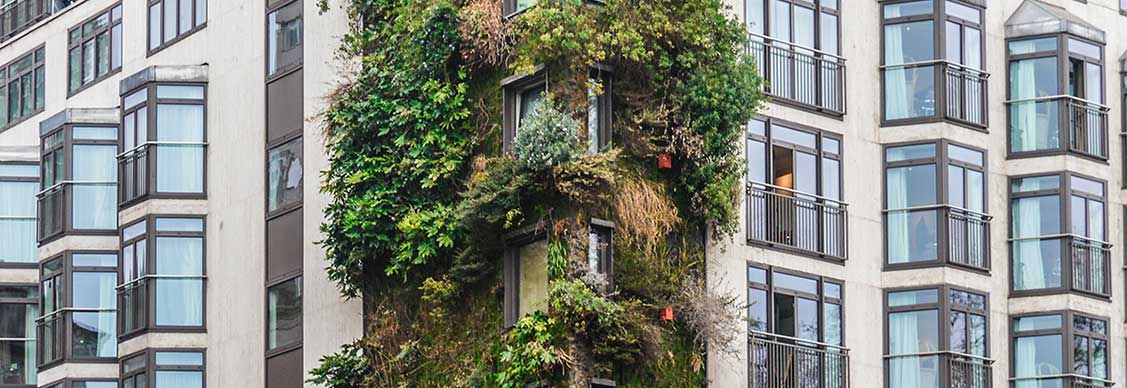Looking to gain from your sustainability efforts?
Sign a green lease
As we move towards achieving carbon neutrality for a more sustainable world, green leases seem to be the future of real estate. But what exactly is a green lease? Any high-performing lease agreement that sets responsibilities for sustainable renovations and fixes penalties while deciding who would benefit from the consequent savings is a green lease. It is a partnership between the tenant and landlord wherein they decide on realistic and measurable building efficiency goals before signing the deal. The incentive-based agreement encourages both parties to adopt sustainable ways of living, conserving energy, recycling or reducing waste and water, using non-toxic cleaning products and more, while improving their relationship.
These leases ensure that the cost of any sustainable development in the building is set off by resultant savings, allowing tenants and landlords to invest in the building without worrying about financial risks.
Generally, a green lease involves the following, however, not all green leases are legally enforceable:
- Energy management plans
- Individual digital metering
- Target rating
- Annual assessment
- Building management committees and resolution processes to address any disputes
Light green leases are agreements between tenant and landlord based solely on their desire to go green. While it demands cooperation between the parties, there are no targets; therefore, no obligations are not included in the legal document.
Green leases have specific targets, but they are not legally enforceable. These leases follow the environmental handbook and incorporate all green obligations as regulations imposed on tenants, driving greater flexibility for the parties involved.
Dark green leases are legally enforceable, with formal obligations and targets. In these leases, both parties get into a contract to go green, allowing greater certainty.
Looking for more insights? Never miss an update.
The latest news, insights and opportunities from global commercial real estate markets straight to your inbox.
Why the sudden interest in green leases?
Irrespective of their colour coding, green leases are advantageous for tenants, landlords and other occupants alike. An efficient building with lower operating expenses and better management of energy, water and waste has less impact on the environment but considerable savings. Green lease agreement measures comply with environmental regulations to reduce carbon emissions and meet corporate sustainability goals. These leases are not limited to energy and water management but include indoor environments like temperature, air quality, lighting etc while targeting occupants’ wellness and enhanced productivity. They promote a ‘green culture’, lead to employee attraction and retention, driving occupancy and future operational savings.
As seen in traditional contracts, each side seeks to promote its interest and maximise its profits. But in green leases, both parties coordinate to achieve desired sustainability outcomes, benefiting mutually. In some cases, green agreements may provide more opportunities for landlords and tenants to cooperate.
Are green leases a risky business?
Often, it may not be possible to identify in the initial stages either party must do to comply with green lease obligations, thus introducing an element of risk. However, with proper planning, one can mitigate this risk:
- Recognise that actions of either party can impact the ability of the other in achieving the desired rating
- Focus on a cooperative approach to identify and address issues that arise in the operations of the building
- Acknowledge that a breach of green lease provisions is not a breach of the lease that may otherwise lead to termination
- Use different dispute resolution procedures like notification of faults, the appointment of an expert arbitrator
How tough is it to process a green lease?
Effective implementation of sustainability initiatives under a green lease requires ongoing contribution and commitment of all stakeholders, which means flexibility to change or modify targets or processes as and when needed. One way to ensure that is to set up environmental management committees that act as a vehicle for discussions, consultations, and recommendations for all parties. The committee also keeps all stakeholders updated with the latest environmental policies and technology.
However, it is essential to identify the potential sources to meet the additional management costs towards assessors for obtaining ratings or managers for collecting information and finding ways to improve performance. You determine while formulating the lease terms about cost bearing whether it is one party or both jointly.
While green leases are still evolving, they continue to inculcate green habits in building users and are the future of rental agreements. They enhance a collective responsibility towards the health of buildings and contribute to the protection of the environment and wellness of employees.
